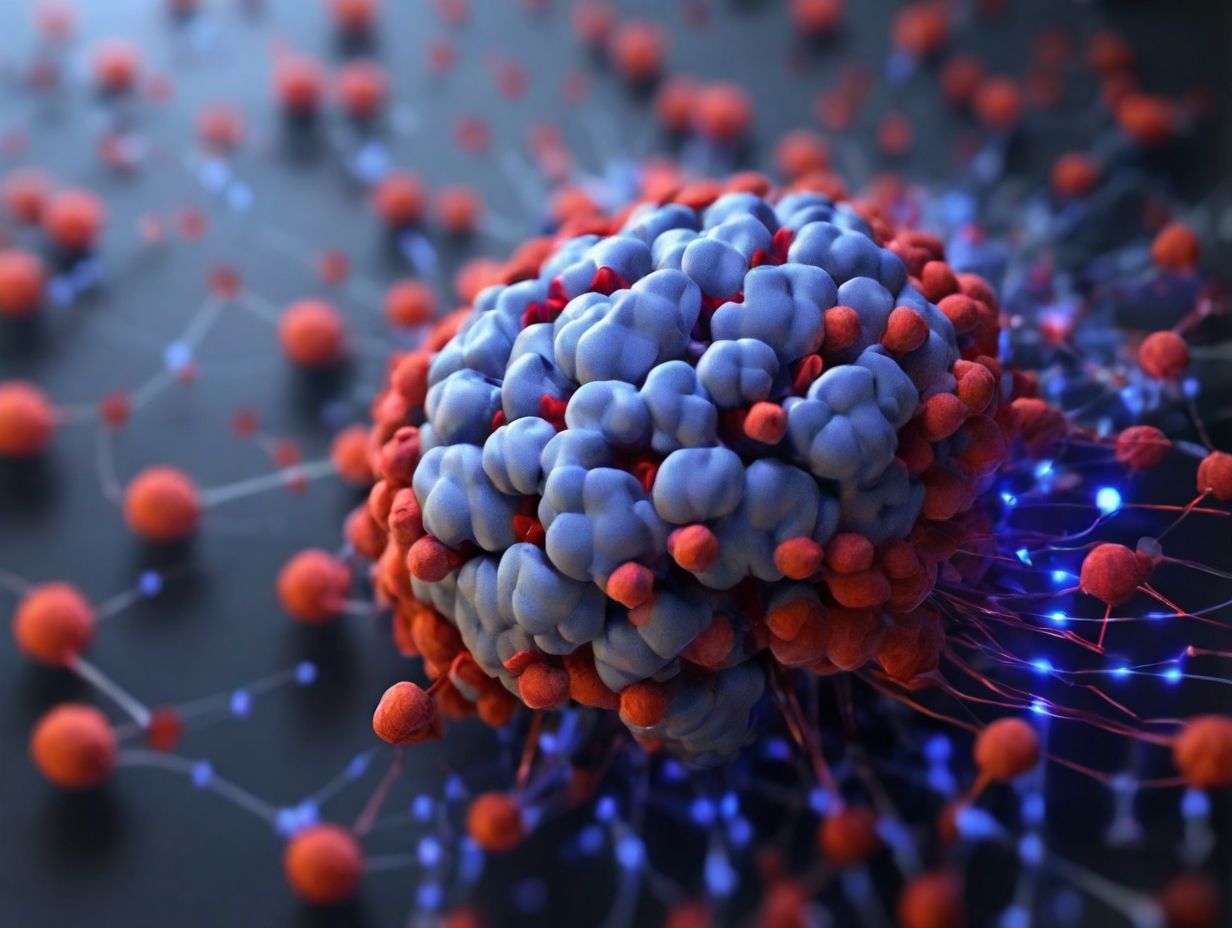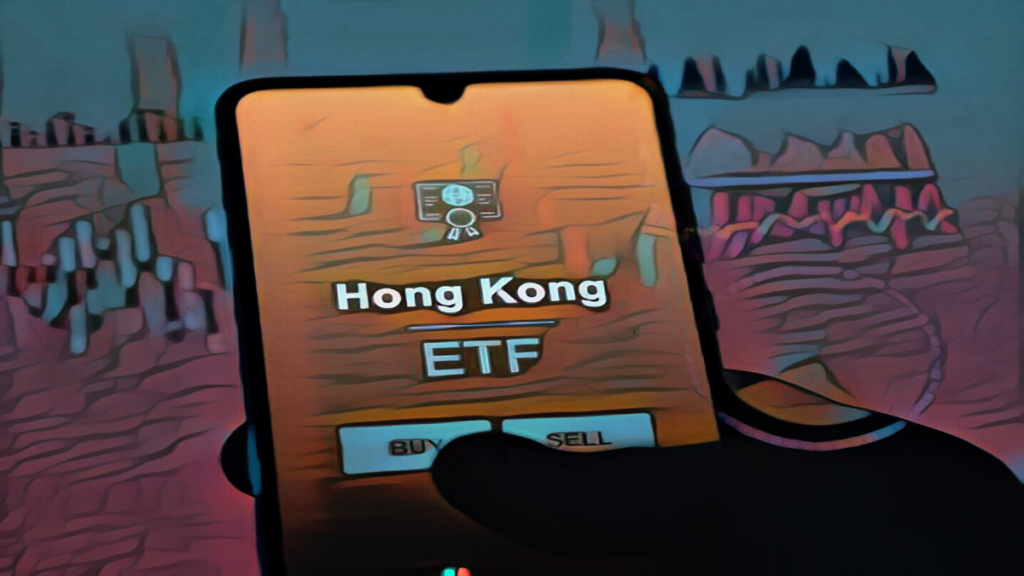Revolutionizing Parkinson’s Treatment: AI Accelerates Drug Discovery
Thus, the Cambridge Scholars have been lighting the generational path, using AI possibilities to establish a revolutionary treatment that rearranges the field of diagnostics and treatment of Parkinson’s. On the other hand, the process that the research team of Professor Michele Vendruscolo Yusuf Hamied, Department of Chemistry, invented was very similar to AI-based strategies that were employed by an artificial intelligence (AI) system targeting compounds that could interfere with the formation of tau fibrils. These two kinds of aggregate options are referred to as the precipitator to initiate Parkinson’s disease.
Accelerated drug discovery
Since our current interview model has been the case of time-consuming and expensive methods, which has been the subject that spent money, it has been proved that candidates of ours who have been screened out of this traditional method will discuss. Between its international twin, Canada employs a new approach to screening through machine learning, which has managed to reduce its cost by a thousand-fold and, at the same time, improve its demographic nature.
The world recognizes that a global Parkinson’s community can use Facebook Group simply when an emergency occurs, given that it is based on the ‘no borders’ concept, including location as a patient.
It has been underlined that the number of elderly people affected by the disease will only grow. Data referred to as this reflects what the WHO mentioned in the last report. According to the reported cases in 2020, the number of people who will grow to suffer from this disease, especially 18 million, is expected to double by 2040. The fatality from the disease might be high, and the death toll might become horrendous.
The basic obstacle of prevalent medicine in looking for the ultimate solution to the disease utilizing investigation in clinical research is either terminating the disease or at least shortening its life. Keeping this in mind, AI techniques would generally be faster and time-saving than conventional drug discovery methodologies, as the revolution’s success will even cancel history.
AI-powered screening
Sánchez-Moreno et al. have shown that this approach mainly relies on synthetically assisted ML (SAML), powered by two consolidated libraries of molecules of various sizes and structures. The approach that TFM might be dealing with is very new, contributing to the fact that it could reveal only 5 active chemicals. At the same time, the rest cannot be demonstrated using another method.
It’s limitless, so functional scientists are the key to understanding everything. This time, during the training session, the model automatically refined its selection procedure so that only the most powerful compounds remained classified. These were all pointed shots to the graph that had put them at the top field.
It all started with Parkinson’s! Alas, the causes remain unknown; a major protein, like neurofibrillary tangles, was spotted gradually, slowly taking the shape of Lewy body islets. Lastly, this section will determine the outcome: how many proteins would determine whether or not there would be aggregation and what role or function they play to an individual.
Although it is beyond the scope of drug effect to alter the pathway of molecular pathways at the cellular level, the fact plays well, as it works at the very lower level of molecular pathways cells that make a depressed cell functional in some way. However, the approach of researchers at Cambridge University blackened a spot of voltage in the scientific knowledge: their investigation demonstrated the efficaciousness of the substances, which widen the spectrum of compounds used to cure the tangle of one protein with another and resolve this problem.
A paradigm shift in drug discovery
Besides, if the abnormality results from one faulty degree (a single gene expression abnormality), the results will determine whether the disease is multifactorial or not. First, as the diseases are better understood, huge effects might be achieved, but any knowledge obtained could be applied to other diseases.
When machine learning is involved in the drug development industry, passion, emotions, and quick effectiveness with proven speed can be harnessed together to create one person. Certainly, drug candidates would have many novel opportunities to find and test their potential. Therefore, new research fields will be born, and the resultant growth of academic studies in medicine and biology will be noticed.
However, the major challenge with TB is the treatment effectiveness that is only on the phase of using the full purpose of how effective these drugs are, and this gives rise to the demand for some effective drugs that will bring the disease to an end in the future which obviously will take over the current one. As the patient support solutions that will be accomplished with research on AI in medicine, which will give rise to new curable diseases through more powerful, effective drugs, are being considered shortly, research on such technologies is ongoing.
When AI can sift through billions of chemical compounds, it may soon become a common tool for scientists. The future approach to distinctively individualized healthcare can be built only on the foundation of AI, so honestly, scientists will have trouble outperforming it eventually.
The situation could have opposite impacts as the combination of alienation with medication may aggravate the existing problems, leading to rapacious development of the disease known as Parkinson’s disease and other dementia types. The AI experimental approach of Cambridge University by engineers and science students taught them how to uncover the hidden meaning of writings and adapt scientific knowledge to the modern healthcare system.
AI disruptive technologies will give hope to those of us who have already lost our fight against neurological diseases and also to other people who are dying on the planet due to the anguish they suffer or who are killing themselves to stop their pain.
This story originally appeared in Nature.






